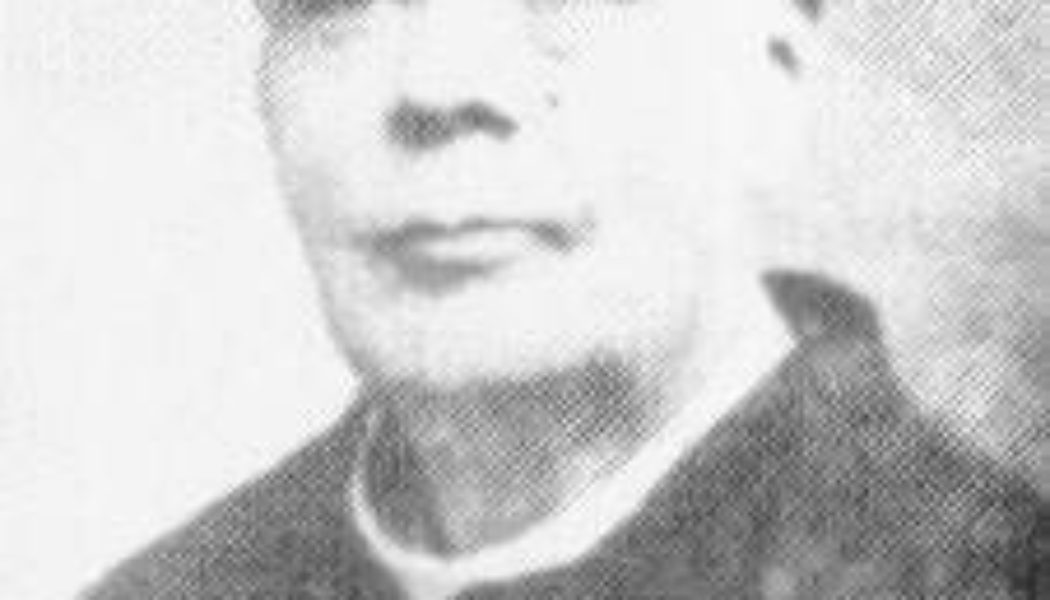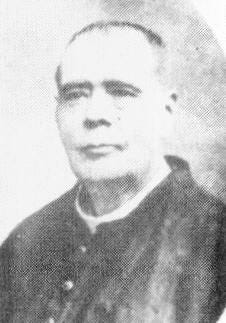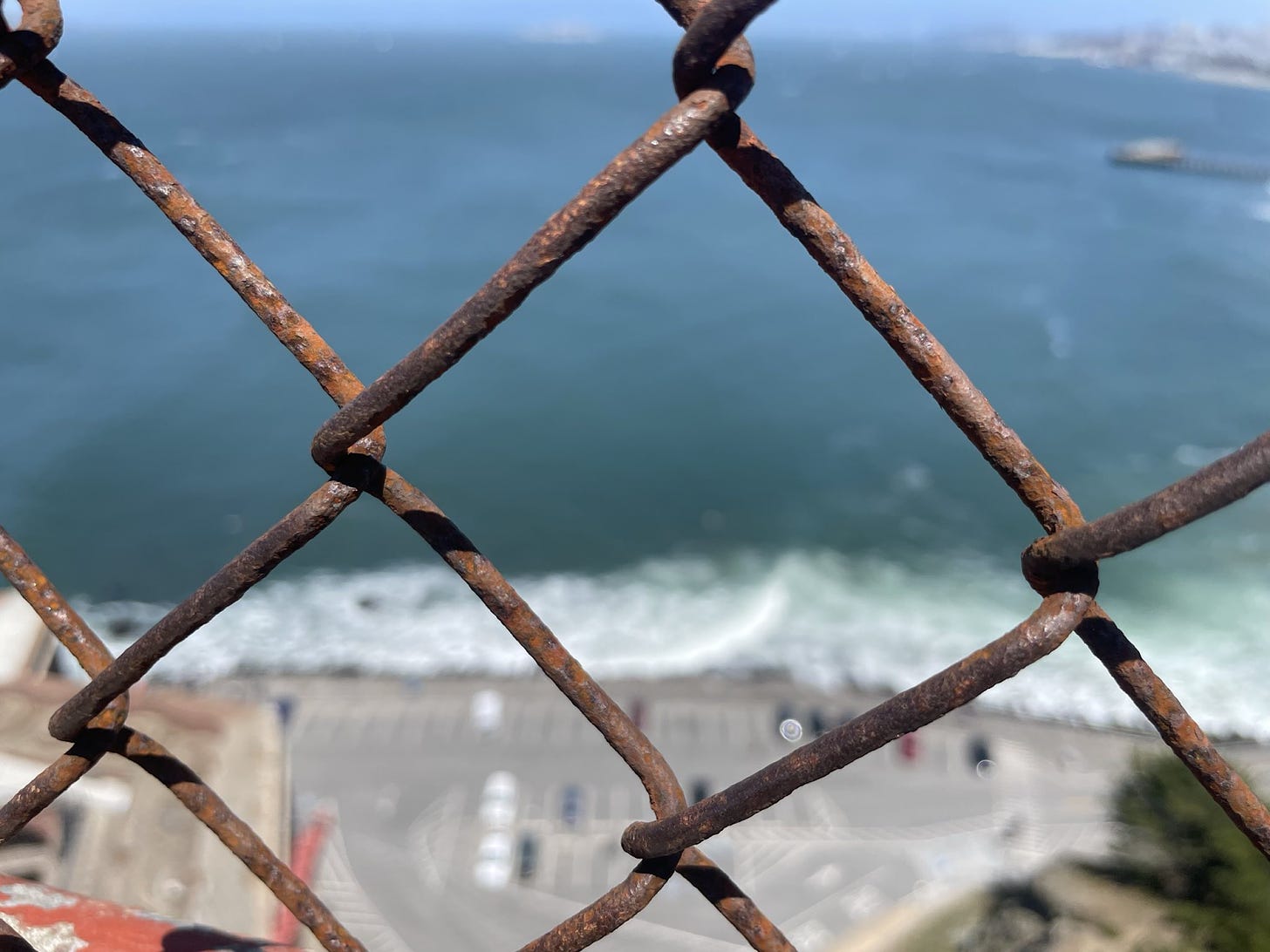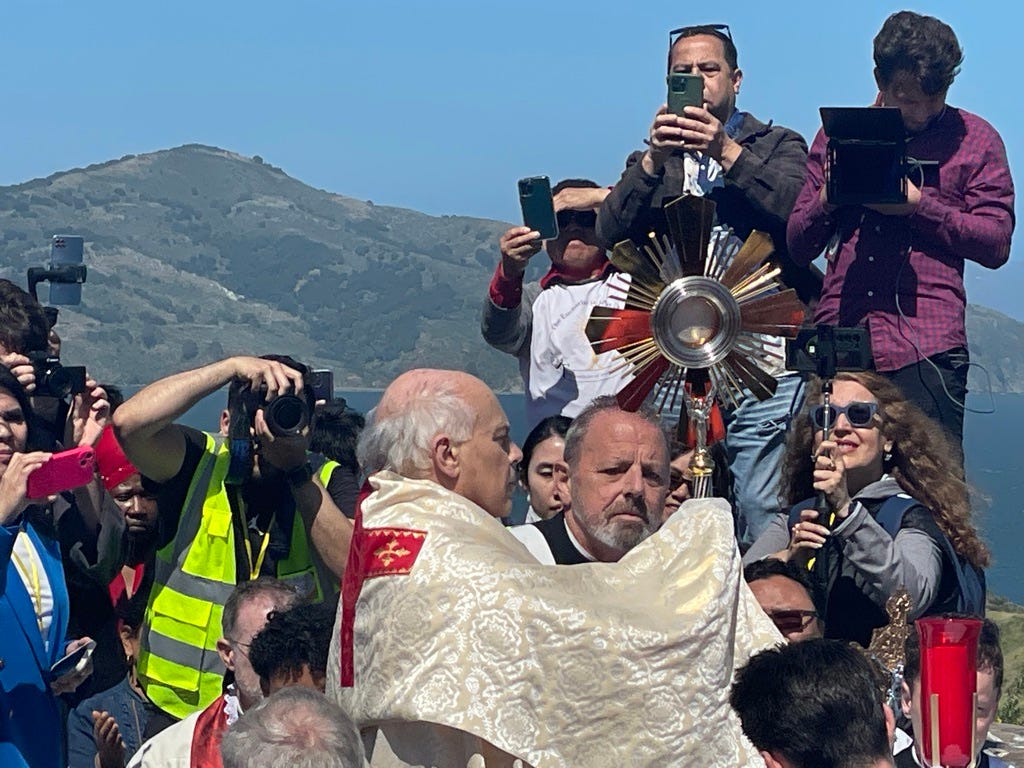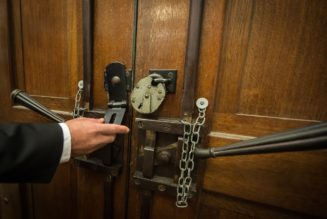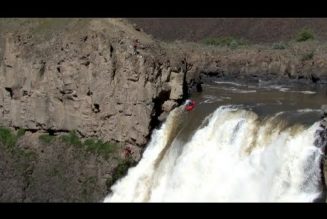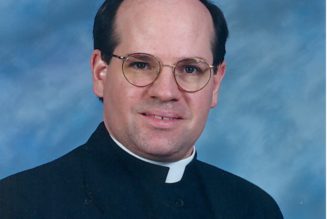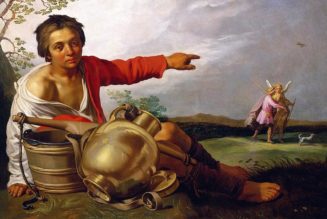Pillar subscribers can listen to this Pillar Post here: The Pillar TL;DR
Hey everybody,
Today is the feast of St. Roman Adame Rosales, and you’re reading The Tuesday Pillar Post.
Roman Adame Rosales was born in 1859, in Jalisco, Mexico. In 1890 he became a priest — and during his priesthood, established associations of laity committed to nightly adoration of the Eucharist. Those associations continue to this day, actually.
But in the 1920s, anticlerical violence saw Fr. Roman, like many priests, go into hiding, taking their ministries “underground,” and offering Masses in houses, social halls, and other places where they wouldn’t be found.
In April 1927, while he was giving a kind of Lenten mission at a place called Rancho Veladones, outside the Jalisco town of Yahualican, Fr. Roman was arrested, after his presence was reported to officials by a betraying member of the Catholic community there.
Parishioners tried to bribe some local police officers for their priest’s freedom, but it didn’t work. Some accounts say that a police colonel took the people’s bribe, and then ordered Fr. Roman killed anyway.
So on April 21, 1927 — after he had been deprived of food and water for several days — Fr. Roman Adame Rosales was shot by a firing squad, while standing at the edge of an open grave.
A soldier who refused to take part in the execution — Antonio Carillo — was killed alongside him.
Fr. Roman Adame Rosales was canonized on May 21, 2000, along with 25 other Mexican martyrs.
St. Roman Adame Rosales, pray for us.
The news
One year ago, Gower Abbey, a monastery of nuns in rural Missouri, was playing host to thousands of pilgrims, who had come from across the country because they believed a miracle was happening there: that the body of Sister Wilhelmina Lancaster, foundress of the Benedictines of Mary, Queen of Apostles, was incorrupt — still intact, and not decomposed, after four years in the ground.
A year later, there still comes a trickle of pilgrims every day, who hope to pray before Sr. Wilhelmina’s body. And while no official determination has been made by ecclesiastical officials, there are plenty of people who say that Sr. Wilhelmina’s intercession has led to a miracle.
With all that going on, some things have changed for the nuns of Gower Abbey, too.
So Jack Figge went to visit the nuns, and to talk with people who say they’ve experienced something miraculous at Gower Abbey — including some profound healings.
What happened at Gower Abbey when the long lines of pilgrims died down? And what happens next?
Read this beautiful account to find out.
—
An Arab League ambassador said last week that Latin Patriarch of Jerusalem Pierbattista Pizzaballa has “not necessarily” been well-received by Arab Christians in the role that he has occupied since 2020. That assessment — which has not been widely expressed by other regional leaders — points to the fractious politics of the Middle East, and the challenges facing Christians in the area.
The revised rules ushered in a new tiered system for categorizing alleged apparition — ranging from, in essence, “fake” through to “no reason to object.”
And according to the DDF’s prefect, the new noms could clear the way for a final declaration on the purported apparitions at Međugorje.
In fact, it seems highly likely that the DDF is mulling where best Međugorje fits in its new sliding scale of possible apparition categories.
So what will happen? And how do the new norms work?
Indeed, while Germany has become an international hotbed of controversy regarding “creative” — and often heterodox — theological proposals, research finds that young priests in the country just aren’t interested.
In fact, 75% of German priests ordained between 2010 and 2021 say that ecclesial reform would be achieved by a stronger focus on communicating the content of the Catholic faith, and 80.3% through “more offerings with spiritual depth.”
Of course lay leaders in the country can’t have this — which is why one lay reform activist in Germany lamented that the country’s young priests must be “unfamiliar with the concerns of Church reform.”
“Therefore, they will contribute little to creatively opening up the Church and contemporary society to each other,” he said.
—
Finally, Bishop James Conley of the Diocese of Lincoln. Nebraska released a pastoral letter last week on mental health — drawing from his own recent experiences with a mental health crisis that saw him take a leave of absence from diocesan leadership.
I sat down with Conley to talk about his pastoral letter, his own mental health crisis, and the mental health needs of clergy. And I appreciate that he spoke candidly and honestly about his own experiences.
You can listen to our conversation right here. Or, if you prefer Spotify, right here.
—
The Pilgrim Bridge
This is a brief newsletter, and for a good reason.
I traveled this weekend to San Francisco, California, for the kickoff event of a Eucharistic pilgrimage, which is now walking from San Fran to Indianapolis, where it will converge with three other walking pilgrimages, all heading to this July’s national Eucharistic Congress event.
I’m writing now the account of the kickoff for the “Serra Route” pilgrimage in San Francisco, and I’m trying to do the day, and the people I spoke with, justice. I hope to finish it today, Tuesday, and publish it very soon.
There were about 4,000 people who walked across the Golden Gate Bridge on Sunday, processing behind the Eucharist in prayer, including this Nevada newlywed couple, who showed up at the procession in matching sneakers and cute saint socks:
Of course, on the bridge, there were a LOT of pilgrims who came up to me, asking if they could film me falling down and doing a barrel roll on the ground. They remembered my “moment of triumph” from a walking Eucharistic pilgrimage last summer, and were hoping I’d recreate it on the Golden Gate Bridge.
I didn’t.
Why not? Well, dignity, first of all — I try to exhibit just a little bit of dignity when I can, unless I can somehow get more Pillar subscribers out of the deal.
But also because I was terrified on the Golden Gate Bridge. One side of the narrow sidewalk was a potential drop of 200 feet, a fall from which no one, practically no one, survives. On the other side was traffic barrelling along at 65 miles an hour. And to make things interesting, the winds were howling that day — at least that’s how it felt to a landlubber like me.
I was anxious about tumbling off the bridge even with the stainless steel mesh safety nets installed at the bridge earlier this year. In fact, I only got close to the edge once, when the bridge was still over dry land, and only to take this photo:
You can see that the bridge crossing is pretty high up. Dizzying, really. So you can understand why I opted not to flop onto the ground for my readers’ amusement in those circumstances. Plus, I didn’t have any way to be sure they’d become subscribers…
Anyway, when the pilgrims got across the bridge, they prayed together, as Archbishop Salvatore Cordileone blessed them with the sacred Eucharistic host.
And they sang together:
But before all that, in the Cathedral of St. Mary of the Assumption, a kickoff Mass debuted an extraordinarily beautiful Mass setting — the “Mass for Eucharistic Renaissance,” by composer Frank La Rocca.
There were parts of the choral Mass which I didn’t record for you because I was too swept up in their sublime beauty to remember my job.
I have been professionally covering Masses for some time now — I have done so on five continents, in rare historic circumstances ranging from the clandestine home Masses of Covid to a papal funeral presided over by a pontiff.
But even while I cover Masses professionally a lot (and try to attend Mass several times a week), there are often moments in the Eucharistic sacrifice which just knock me off my feet, so to speak.
Ours is a faith of beauty, pointing to the source and cause of beauty itself.
Listen to this:
Please be assured of my prayers, guys. And please pray for us, we need it.
Yours in Christ,
JD Flynn
editor-in-chief
The Pillar
Comments 34
Services Marketplace – Listings, Bookings & Reviews
